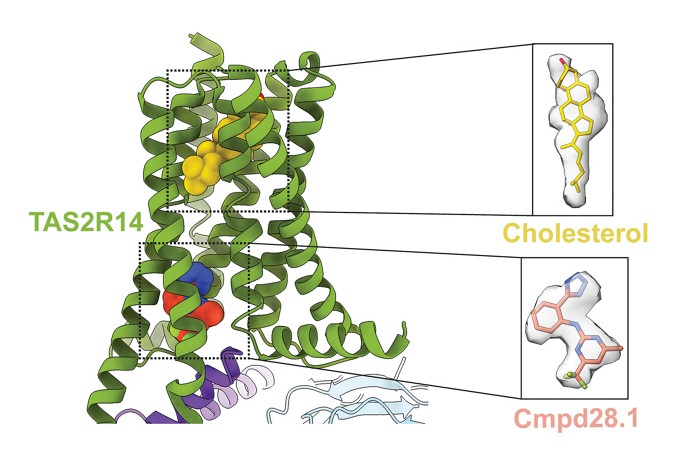Advertisement
Grab your lab coat. Let's get started
Welcome!
Welcome!
Create an account below to get 6 C&EN articles per month, receive newsletters and more - all free.
It seems this is your first time logging in online. Please enter the following information to continue.
As an ACS member you automatically get access to this site. All we need is few more details to create your reading experience.
Not you? Sign in with a different account.
Not you? Sign in with a different account.
ERROR 1
ERROR 1
ERROR 2
ERROR 2
ERROR 2
ERROR 2
ERROR 2
Password and Confirm password must match.
If you have an ACS member number, please enter it here so we can link this account to your membership. (optional)
ERROR 2
ACS values your privacy. By submitting your information, you are gaining access to C&EN and subscribing to our weekly newsletter. We use the information you provide to make your reading experience better, and we will never sell your data to third party members.
Biological Chemistry
Urea-RNA Disruption
by Stuart A. Borman
November 30, 2009
| A version of this story appeared in
Volume 87, Issue 48

Scientists have made a fundamental advance in biochemistry by using simulations to discover a new type of interaction between urea and RNA (J. Am. Chem. Soc., DOI: 10.1021/ja905795v). Urea has long been used to denature proteins, and it was recently found to destabilize RNA. Studies have shown that urea disrupts proteins by interacting with their peptide backbones and hydrophobic side chains, but the mechanism by which it aggravates RNA remained unknown. A team led by Devarajan (Dave) Thirumalai of the University of Maryland, College Park, and Alexander D. MacKerell Jr. of the University of Maryland, Baltimore, now reports all-atom molecular dynamics simulations that reveal how urea hydrogen bonds and stacks with RNA’s bases, making normal interaction between bases impossible. “The microscopic mechanism of chemical denaturants has bedeviled the protein- and RNA-folding fields for decades,” comments Tobin R. Sosnick of the University of Chicago. “The stacking interaction is unexpected and an important insight.”




Join the conversation
Contact the reporter
Submit a Letter to the Editor for publication
Engage with us on Twitter